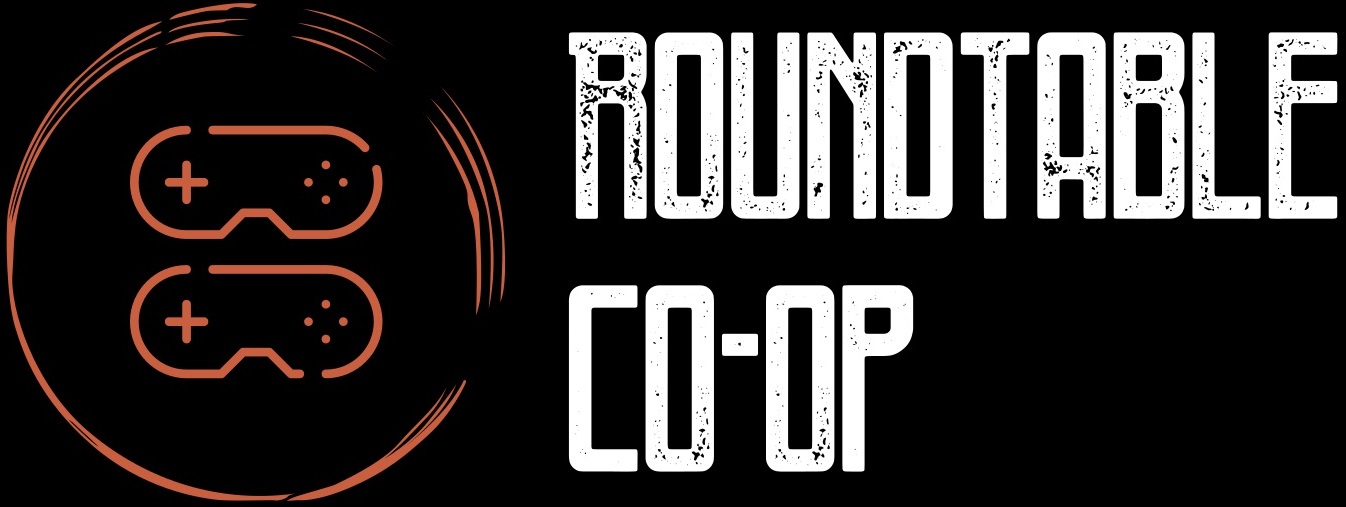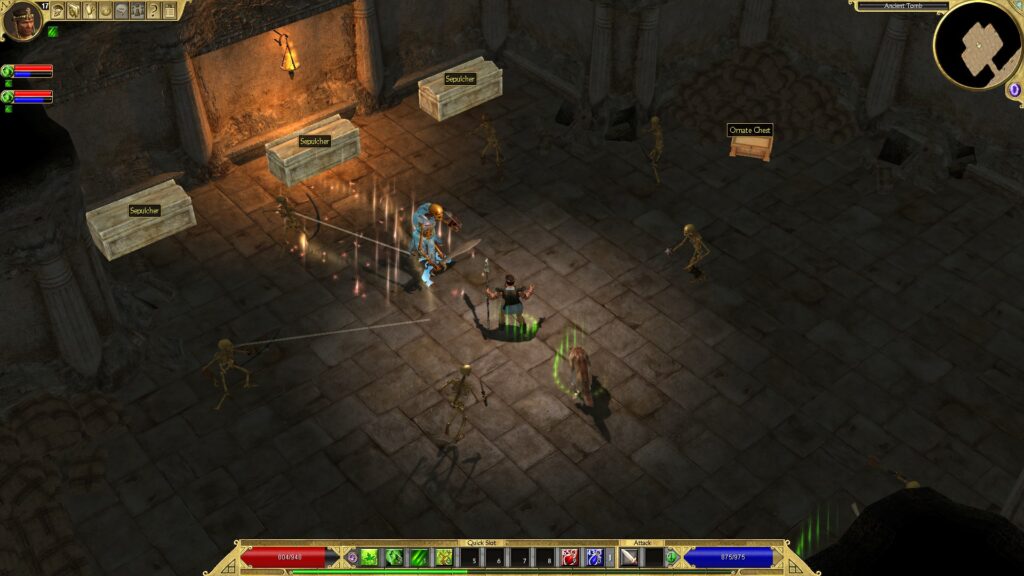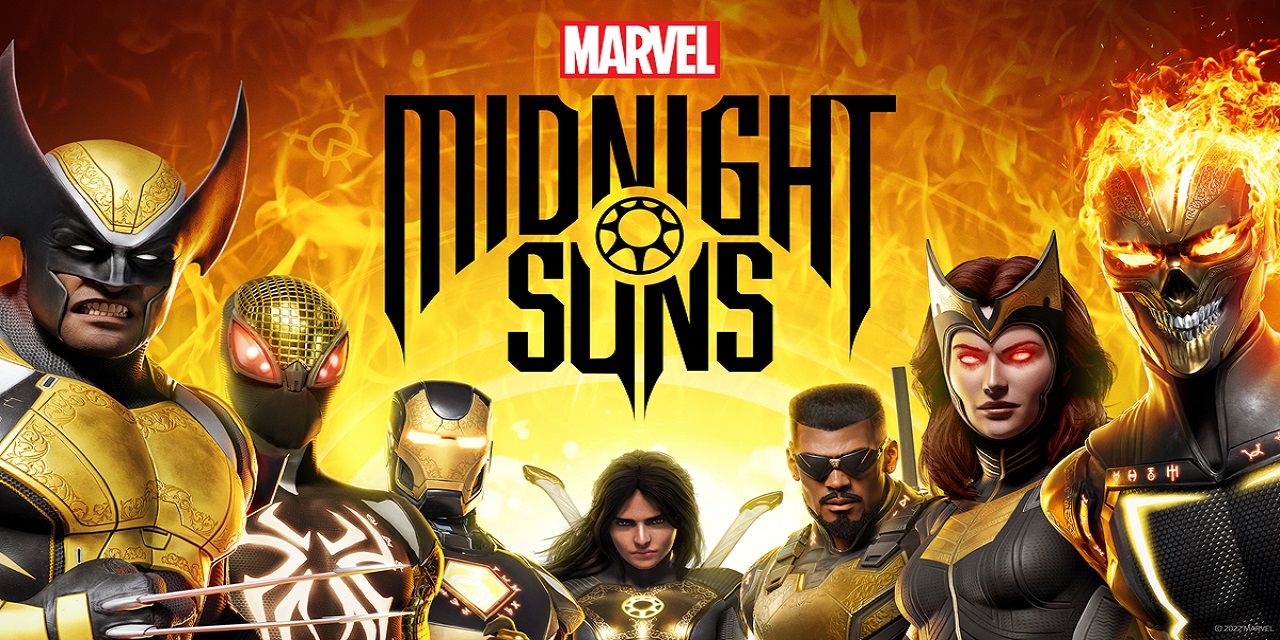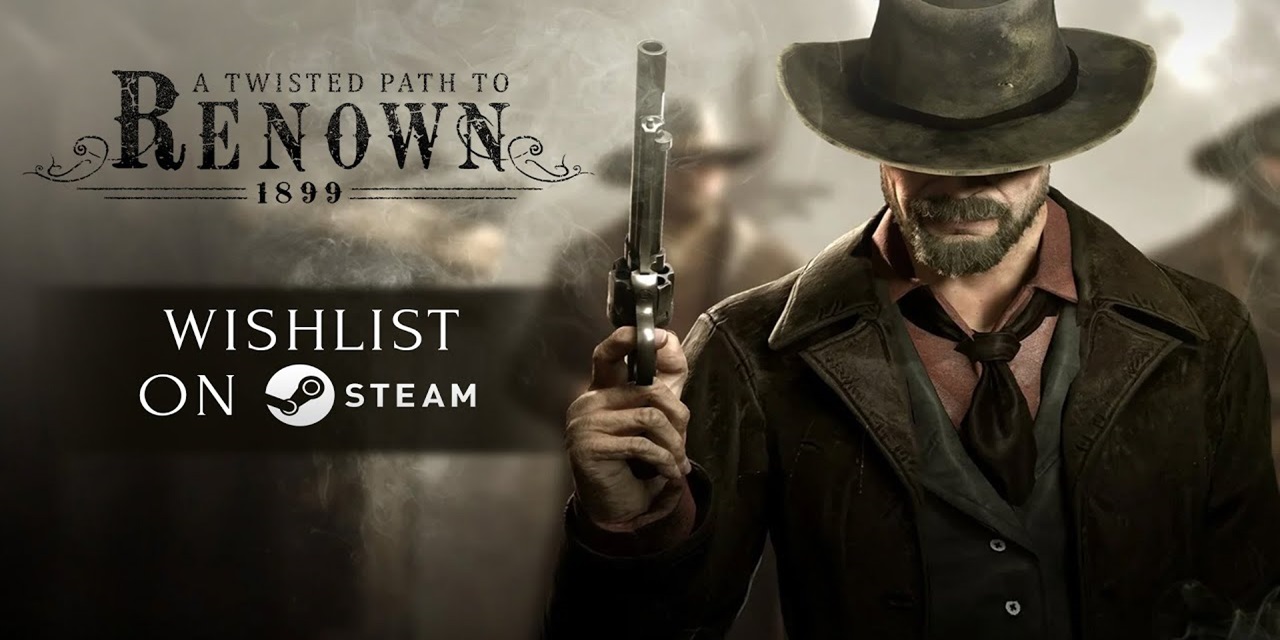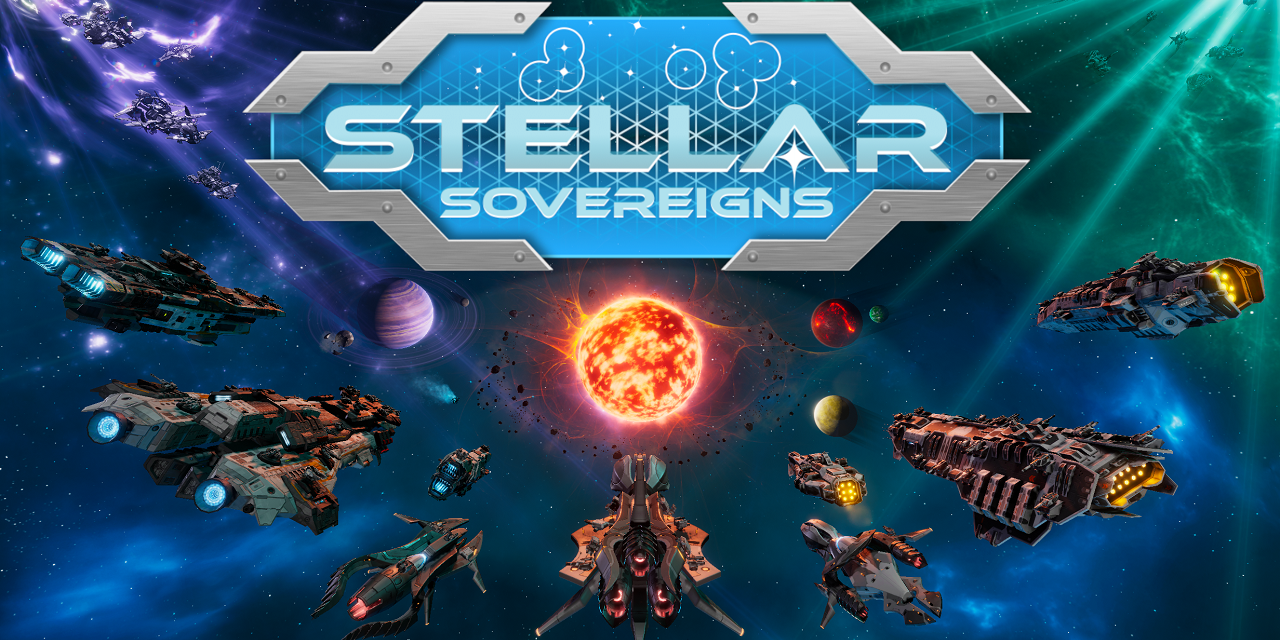Titan Quest is an action RPG developed by Iron Lore Entertainment and published by THQ in 2006 for PC. It launched on Steam in 2007 when the Immortal Throne expansion was released. An Anniversary Edition of the game was released almost a decade later in 2016, followed by the Ragnarok expansion in 2017. The game was ported to consoles in 2018, the Atlantis expansion launched in 2019 and then the latest expansion, Eternal Embers, launched in 2021. To my delight, it was announced over the week by THQ Nordic that Titan Quest II is in development, so I thought it worth diving back into the original game that gave Diablo II a good run for its money back in the day.
Titan Quest was released after a slew of games were penned ‘Diablo-clones’ post 2000’s Diablo II. Games such as Divine Divinity and Dungeon Siege in 2002, Sacred and Beyond Divinity in 2004 and Dungeon Siege II in 2005, really set the tone of the hack-and-slash action RPG genre. Whilst great games, Diablo II still stood out as king of these times, especially when coupled with the Lord of Destruction expansion. That was until Titan Quest came along and gave it a good run for its money in my opinion.
Iron Lore Entertainment had huge personnel assets in Brian Sullivan, who developed the highly successful Age of Empires games, and Randall Wallace, who wrote the screenplay for the movies Braveheart and Pearl Harbor. Together they envisioned Titan Quest set in Ancient Greece, like 2002’s Age of Mythology theme. Rather than a movie telling the story through the main character, Titan Quest told its story through the side characters, NPCs in each of the towns giving side quests along with the main story quest.
Titans once ruled the world in darkness, until the Light of Olympian Gods, after the Great War, exiled the Titans. A trio of lesser Titans known as Telkines broke the communication conduit linking Olympus with the mortal world, and summoned armies of monsters to terrorize the world and prepare for the release of the Titans. Fighting your way through Greece, defeat the first Telkine, then fight through Egypt and pursue the final Telkine along the Silk Road to China. The music and environmental sounds were matched to the locations you were in at the time and fit the Greek, Egyptian and Asian influences as you moved through the story.
Character creation consisted of simply entering a name, gender and a choice of 5 tunic colours, and that’s it. There was no class selection, so armed with a simple sword, you begin your quest at the village of Helos. It’s not until you gain enough experience for your first level up that you open the Mastery system and commence the skill customisation of your character.
You can choose a primary mastery and secondary mastery, consisting of standard combat choices such as Warfare, Defence, Hunting and Rogue. There are also magical Masteries such as Nature, Storm, Earth and Spirit. Each mastery has skills you can unlock and add points to increase the proficiency of those skills. There are 36 master combinations available in the base game which include pure disciplines within one Mastery and hybrids between different Masteries. The aim was not to lock you into specific classes from the outset but give you some flexibility to build the character to your playstyle, and this was something that stepped Titan Quest above the rest at the time.
The inventory system used the grid-based system which suffered from space issues, and I constantly had to do a ‘bank run’ where I would teleport back to town, sell the junk, look for upgrades to equip, bank anything that was too high level, and then teleport back to the action. I am not ashamed to admit that I’m a loot whore. I will loot absolutely everything, so I can sell it for gold and look for upgrades. Though after 20 levels I had racked up 1.5million gold and there was hardly anything worth buying except for bank space upgrades.
Item quality ranges from white to yellow, green, blue and then purple were Legendary items. There were also orange items which are charms and relic shards. Loot the prescribed amount and they can be combined to create completed charms/relics which can be added to buff your armour and weapons. The only negative to item loot was that often the loot items dropped would be way lower than your current player level, so it meant you would wear the same armour and weapons for large chunks of the game until maybe you find one or two new epic upgrades. Thankfully this didn’t affect the difficulty of the game, in normal mode anyway.
When the Immortal Throne expansion was released in 2007, it added Arcane Formulas to craft relics for your character. There were three levels of artefact relics – Lesser, Greater and Divine, which added a variety of status effects. Also added in the expansion was the Dream mastery which was a magic-focused skill tree that relied on illusion and stasis effects to disrupt enemy groups. Almost a decade after the Immortal Throne expansion, THQ Nordic announced out of nowhere a new expansion titled Ragnarok which was released in November 2017. Ragnarok added a fifth story act to play through in the uncharted lands of northern Europe.
New characters could be made by ticking the ‘Accomplished Hero’ button which started them at the commencement of the Ragnarok story at level 40. A new Runemaster mastery was added, which was a weapon-wielding mage type, bringing the total mastery combinations up to 45, and the level cap was increased to 85, making this the longest story act to date for the game. In 2019, the Atlantis expansion came along and then at the end of 2021, the Eternal Embers expansion added a whole new epic quest line spanning 4 acts, accompanied by 15 additional side quests, playable exclusively in Legendary difficulty. There was also the 11th mastery added in the form of Neidan, a mystical alchemist who uses deadly concoctions and abilities to annihilate his enemies.
Titan Quest II
The legendary action RPG makes its triumphant return! Once more, players will be immersed in the mythological realm of ancient Greece, facing unimaginable challenges, striving for exquisite loot, and combining different masteries to create unique, powerful character builds. Their ultimate goal is to stop Nemesis, the Goddess of Retribution herself, as she weaves malevolence into the Threads of Fate itself. Forged in the creative crucible of Grimlore Games in Germany, Titan Quest II is currently under development. This epic odyssey is destined for PC, eagerly anticipated to launch when the time comes.
You can wishlist Titan Quest II on Steam.
#roundtablecoop
